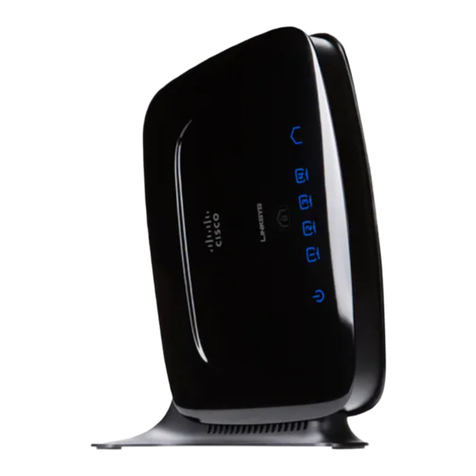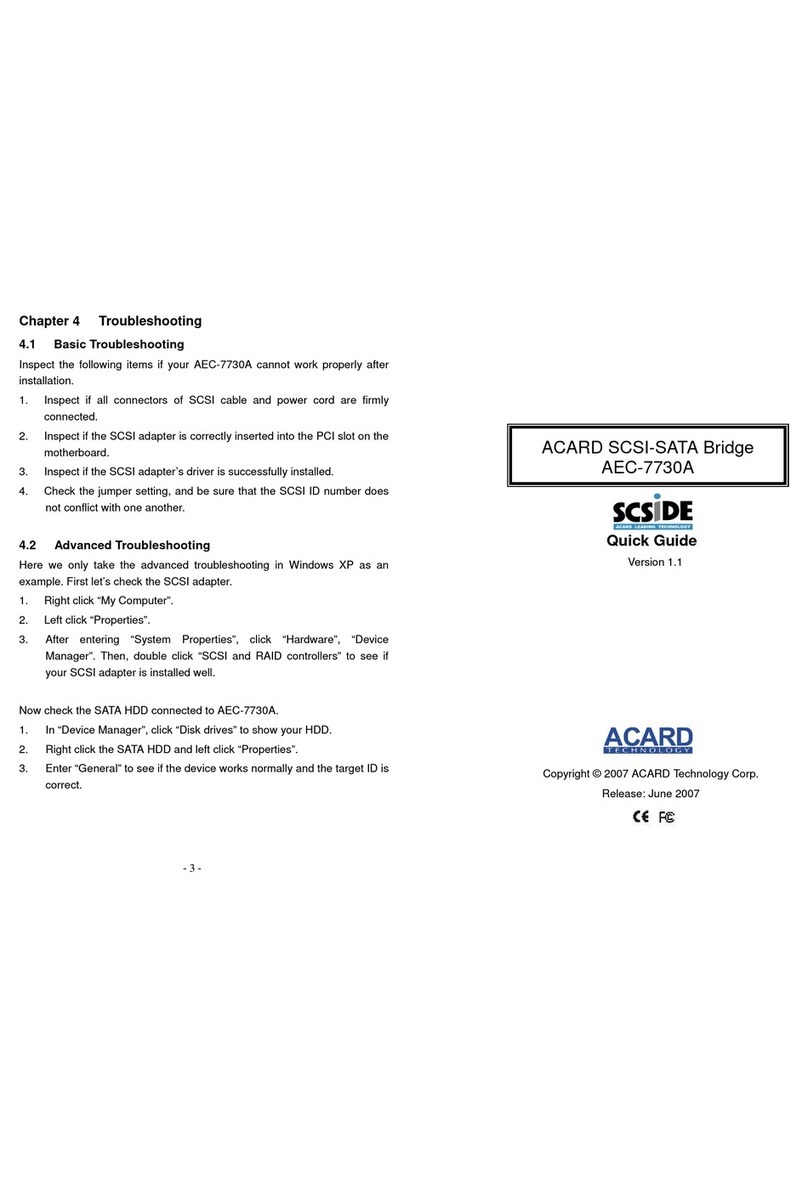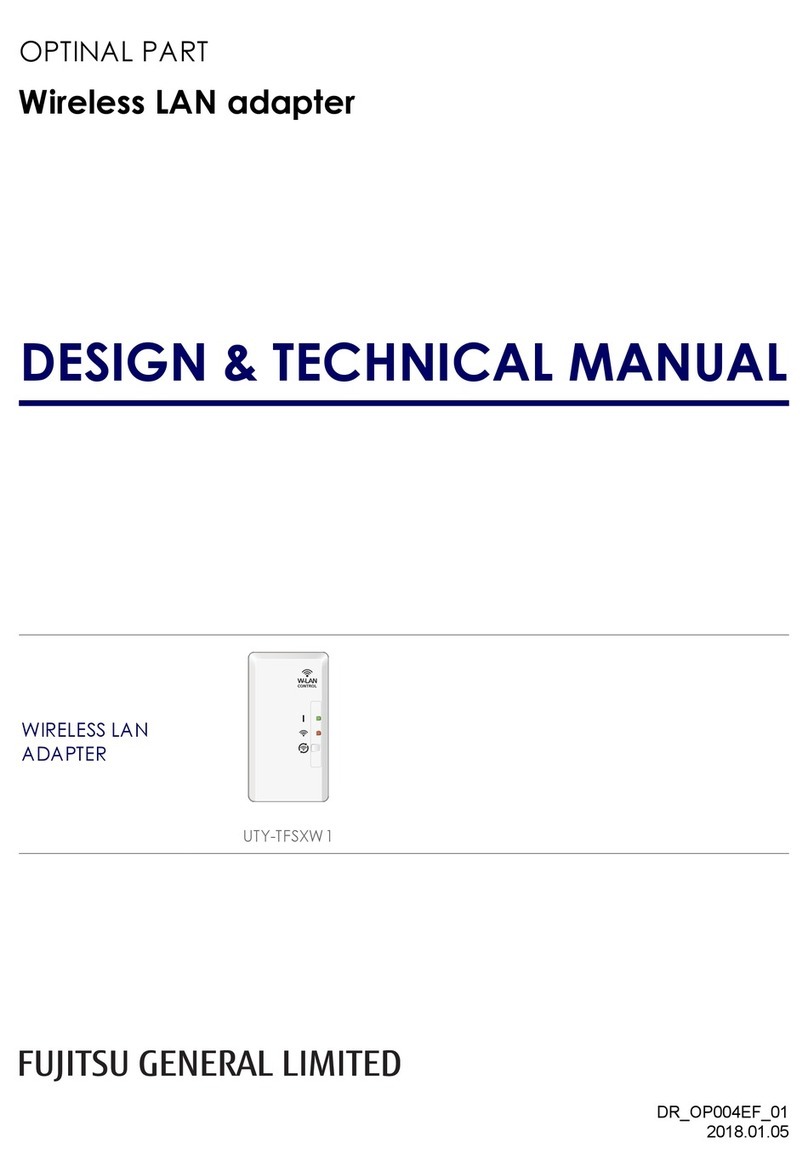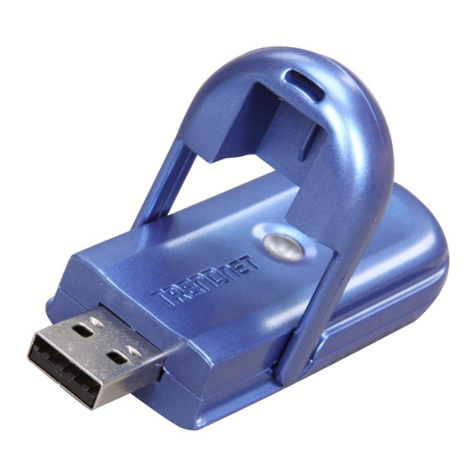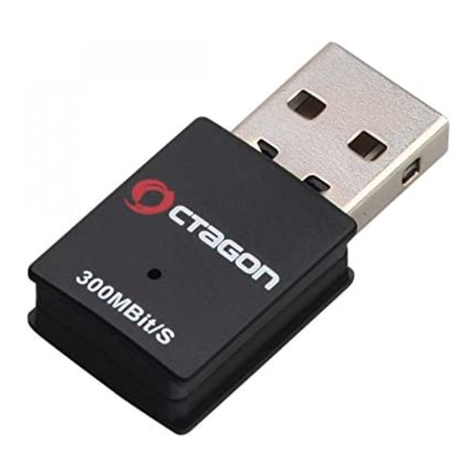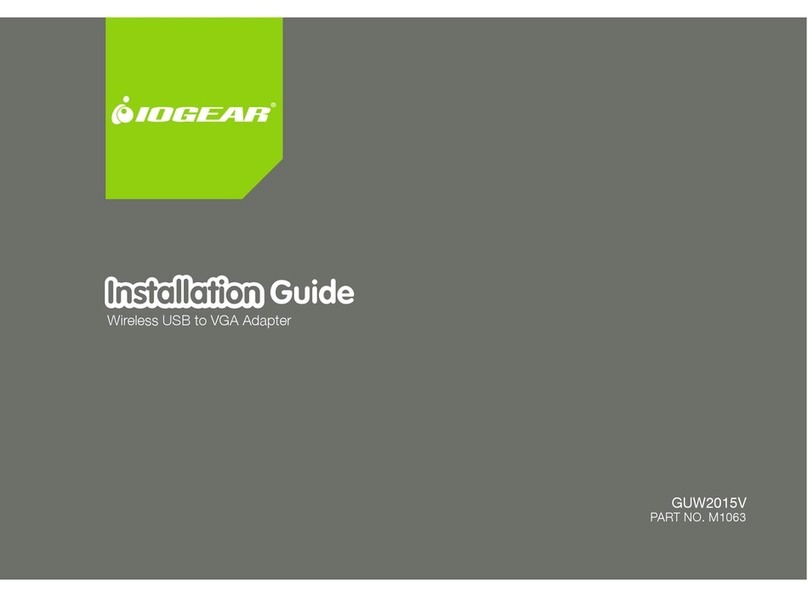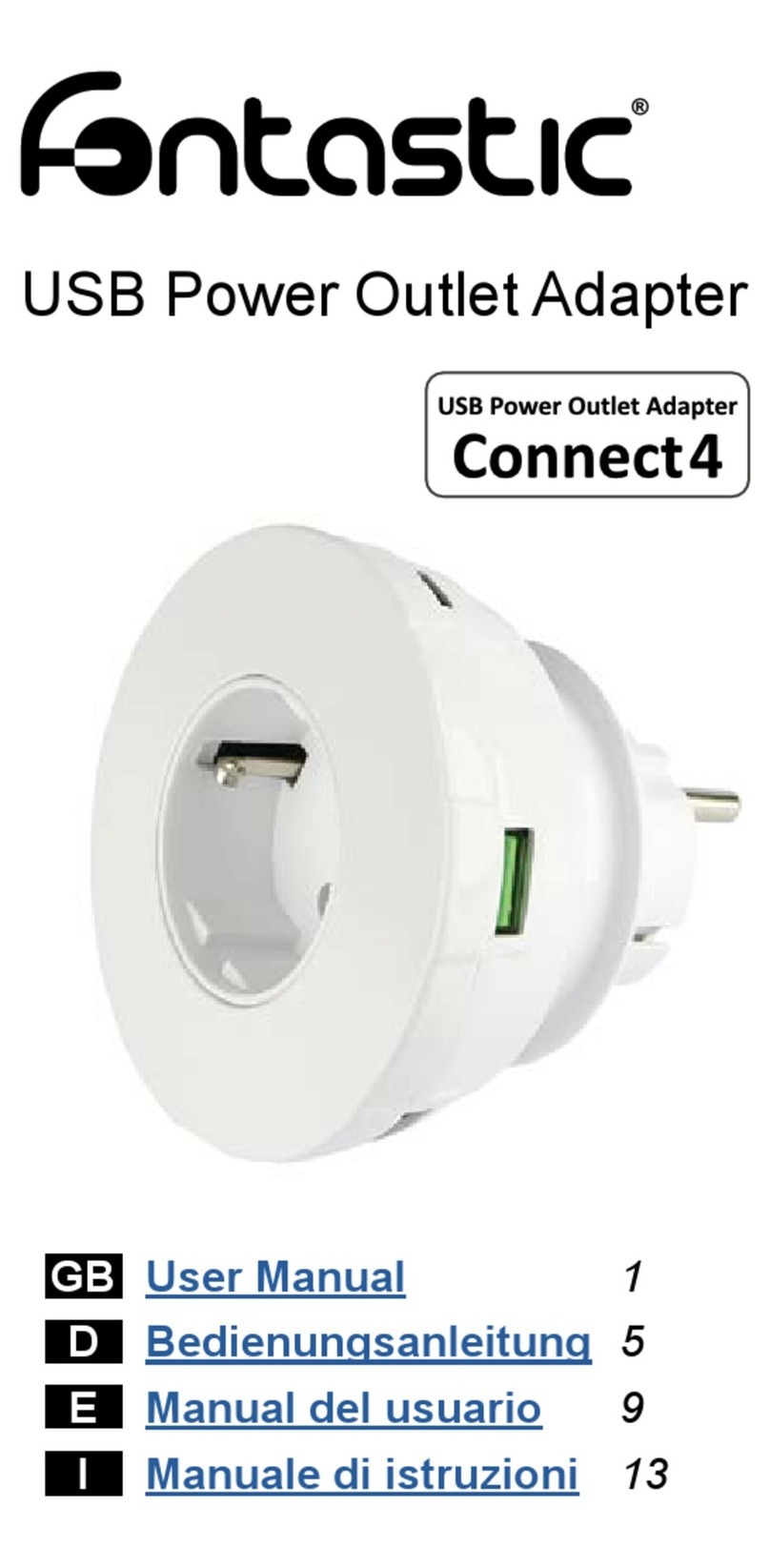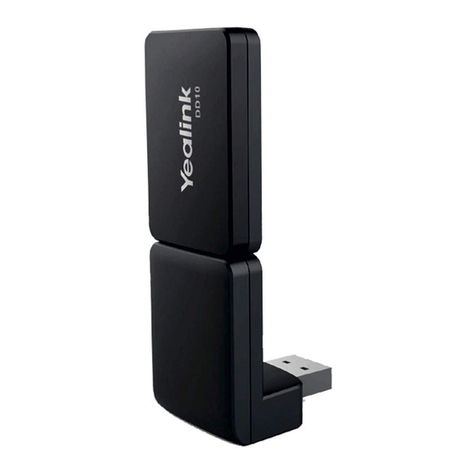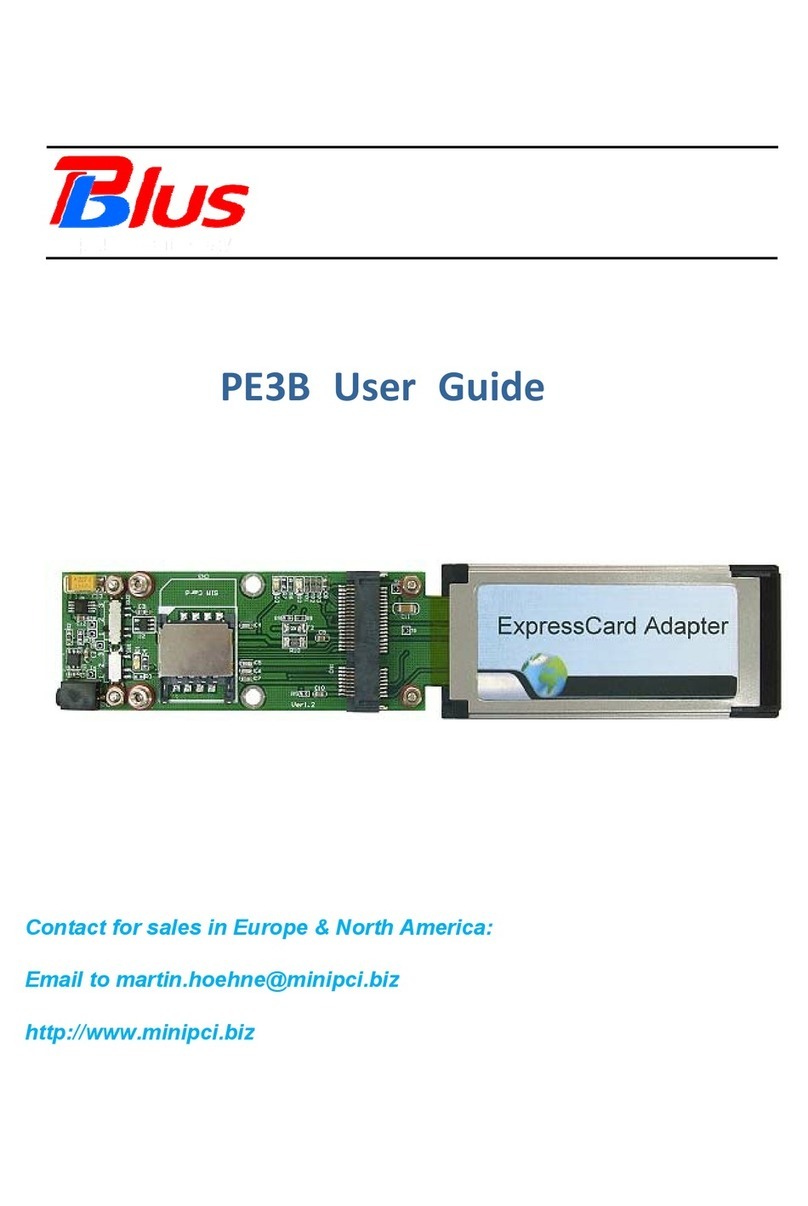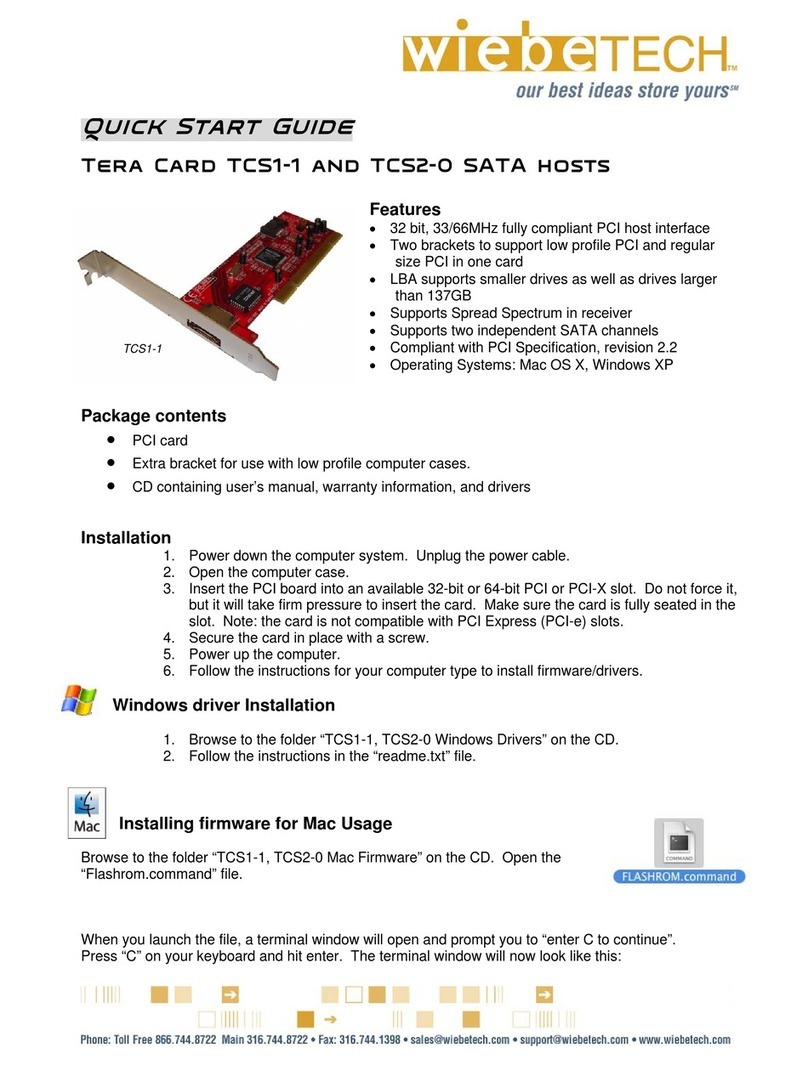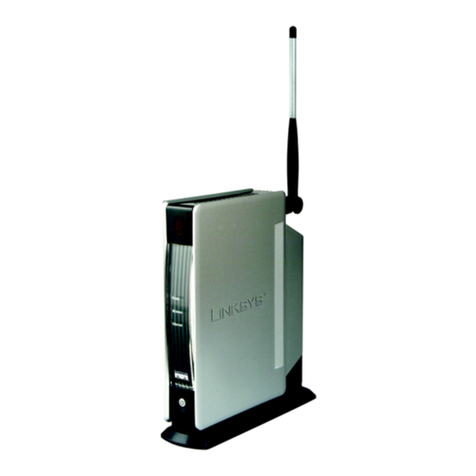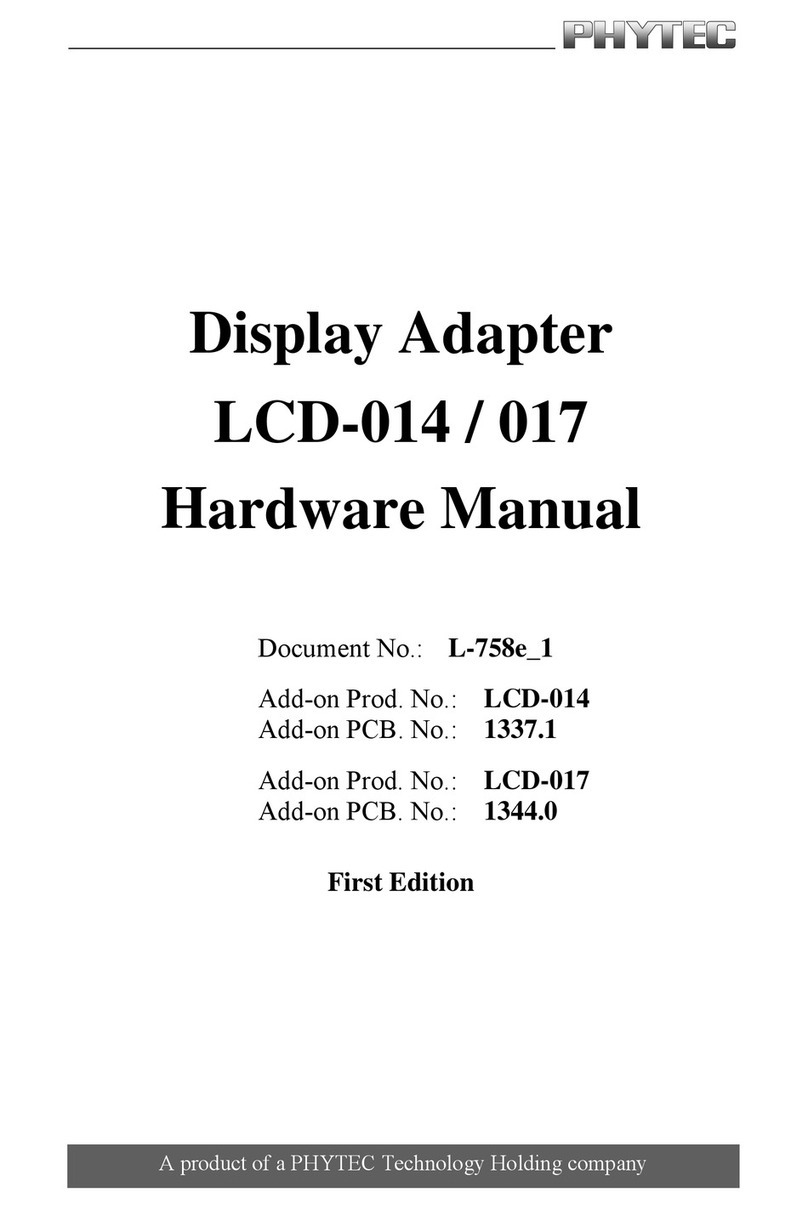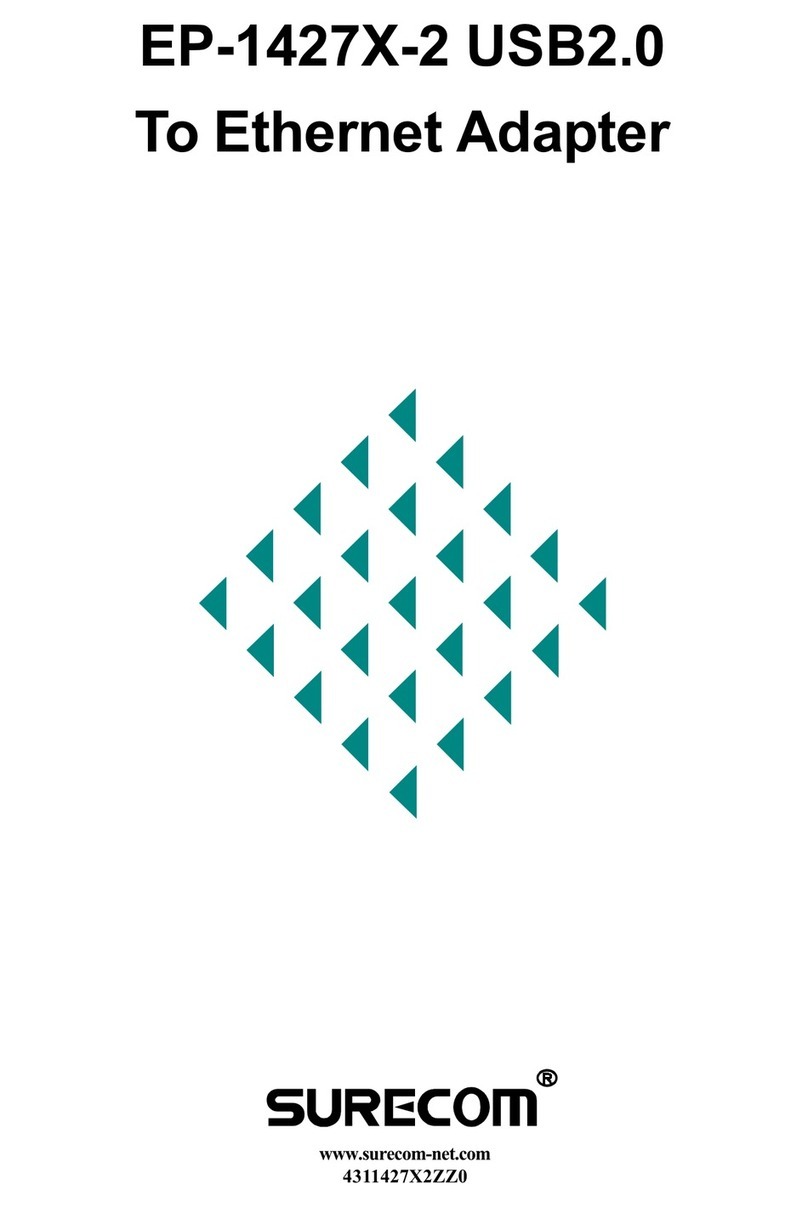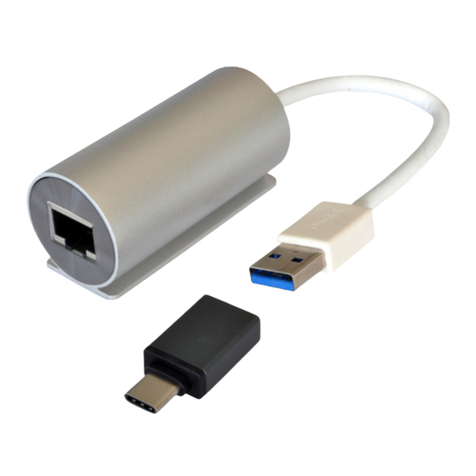AudioWise SRC-DX User manual

SRC•DX
USER’S GUIDE
© 2021 AudioWise Inc. All Rights Reserved

1

DISCLAIMER
The information in this manual has been carefully checked and is
believed to be accurate. AudioWise assumes no responsibility for
any infringements of patents or other rights of third parties which
may result from its use.
AudioWise assumes no responsibility for any inaccuracies that
may be contained in this document. AudioWise also makes no
commitment to update or keep current the information contained
in this document. AudioWise reserves the right to make
improvements to this document and/or product at any time and
without notice.
COPYRIGHT NOTICE
No part of this document may be reproduced, transmitted,
transcribed, stored in a retrieval system, or any of its part
translated into any language or computer file, in any form or by
any means electronic, mechanical, magnetic, optical, chemical,
manual, or otherwise without express written permission and
consent from AudioWise. © 2021 AudioWise Inc.
TRADEMARK ACKNOWLEDGMENTS
Products or service names mentioned in this document may be
trademarks of the companies with which they are associated.
2

SAFETY PRECAUTIONS
Please read all instructions before attempting to unpack, install or
operate this equipment and before connecting the USB power
supply. Please keep the following in mind as you unpack and
install this equipment:
● Always follow basic safety precautions to reduce the risk of
fire, electrical shock and injury to persons.
● To prevent fire or shock hazard, do not expose the unit to
rain, moisture or install this product near water.
● Never spill liquid of any kind on or into this product.
● Never push an object of any kind into this product through
any openings or empty slots in the unit, as you may damage
parts inside the unit.
● To protect the unit from overheating, do not block any vents
or openings in the unit housing that provide ventilation and
allow for sufficient space for air to circulate around the unit.
3

1. INTRODUCTION
This USB to Dual-Coax S/PDIF converter converts PCM audio
signals from USB Audio 2.0 format into high resolution single or
dual-coax S/PDIF format. It is powered directly from the USB
port; no external power is required. It allows connection from a
source computer (PC/Laptop) to a compatible digital-to-analog
converter (DAC).
2. APPLICATION
This transfer of high resolution audio to DACs which support coax
SPDIF inputs is convenient and common. Of particular application
is the dual-coax SPDIF interface on a compatible DAC and the
USB output from a source computer running audio up-sampling
software. SRC-DX thus enables the up-sampled audio to be
converted from the USB output of the source computer to the
dual-coax input required by the compatible DAC.
The benefit of using SRC-DX is the avoidance of internal RF
noise generated from the DACs own USB receiver chip.
SRC-DX’s dual-coax SPDIF interface is low noise, self-clocking
and is arguably the best way to transfer high resolution audio.
3. PACKAGE CONTENTS
● SRC•DX Unit
● User’s Guide
● Optional: Accompanying coax patch cables
5

4. SYSTEM REQUIREMENTS
● Audio source component such as a PC/Laptop with an
available USB port.
● S/PDIF Coax Input (single or dual) compatible DAC
○ See www.AudioWise.ca for a complete list
● Windows
○ Version 7, 8, 10, 11
○ 32-bit & 64-bit for single-coax playback
○ 64-bit for dual-coax playback
○ Audio interface supports WASAPI Exclusive or ASIO
○ CPU support for SSE4.2 instruction set
● Apple
○ OSX version 10.13 or later
○ Audio interface with CoreAudio drivers
○ CPU support for SSE4.2 instruction set
● Ubuntu (Linux)
○ Version 10.14 LTS 64-bit (Ubuntu Studio is
recommended)
○ Audio interface with ALSA-drivers
○ CPU support for SSE4.2 instruction set
6

5. FEATURES
● Converts USB 2.0 audio to dual-coax SPDIF
● Supports PCM 2-channels (stereo) up to 768kHz @ 24-bits
● Does not support DSD or DOP (DSD over PCM)
● Adjustable S/PDIF signal level
● Plug and play operation (Windows, macOS, Linux)
● Integrates well with HQPlayer and PGGB up-sampling
● No supplemental power required
● Low power consumption
● Low RF noise at coax outputs
7

6. CONTROLS AND FUNCTIONS
①
SPDIF LEVEL: Push-button switch to select STD LEVEL or
HIGH LEVEL SPDIF output. For Chord Electronics DACs this
should be set to HIGH LEVEL, otherwise use STD LEVEL.
②
USB IN: Connect to a compatible USB source
③
SINGLE/DUAL BNC: LEDs indicate USB
sampling rate and active outputs(s).
Ch1 (SINGLE BNC) for 44.1 to 384khz.
Ch1+Ch2 (DUAL BNC ) for 705.6/768khz.
Any illuminated
LED indicates
the unit is
receiving power
from the USB
connection
④
HIGH/STD LEVEL: LEDs indicate
AES/EBU (STD) or DX (HIGH) compatible
SPDIF signal output
⑤
SPDIF OUT Ch1: Active for SINGLE and DUAL BNC output
⑥
SPDIF OUT Ch2: Active for DUAL BNC output only
⑦
AIR VENTS: Passive air ventilation (on both sides)
8

7. CONNECTION DIAGRAM
A. Connect the USB SOURCE (PC/Laptop, etc.) with a USB
2.0 certified cable. Connect the COMPATIBLE DAC via BNC
terminated RG59 or RG179 coaxial cable.
B. Connect using an intermediate USB Fibre Extender.
C. Connect using a Fibre Networking-to-USB (OpticalRendu)
9

8. SPECIFICATIONS
Input Ports
1 x USB (Type B)
Output Ports
2 x Coaxial (BNC)
ESD Protection
Human Body Model:
±8kV (air-gap discharge)
±4kV (contact discharge)
Dimensions
72mm x 50mm x 23mm [Case Only]
Weight
300g
Chassis Material
Aluminum
Operating Temperature
0°C-40°C / 32°F-104°F
Storage Temperature
-20°C-60°C / -4°F-140°F
Relative Humidity
20-90% RH (no condensation)
USB Audio
USB Audio Class
USB Audio 2.0
Format Support
LPCM 2.0 up to 768kHz sampling
OS Support
Windows, OSX, Ubuntu
S/PDIF
Specification
AES/EBU Tech 3250-2004
Standard-Level Signal
0.6V (nominal)
High-Level Signal (DX)
2.5V (nominal)
Internal Bit Depth
24-Bits
Single Coax Rates
44.1kHz, 48kHz, 88.2kHz, 96kHz,
176.4kHz, 192kHz, 352.8kHz,
384kHz
Dual Coax Rates
705.6kHz, 768kHz
10
Table of contents


